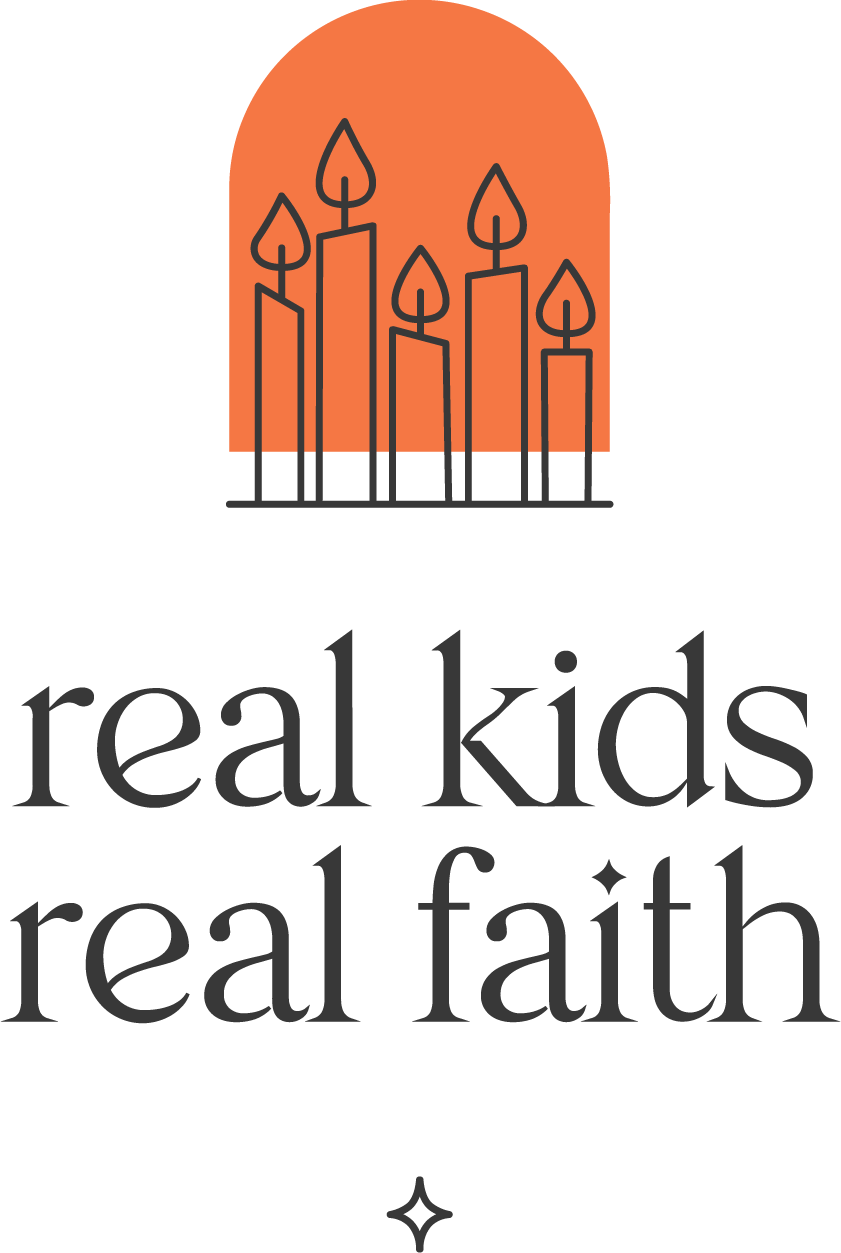It’s every volunteer and professional teacher’s most challenging task: attracting and keeping children’s attention. Some believe that it all comes down to an outgoing personality, whereas others swear by gimmicky characters or reward systems. More than a few grumble that digital culture has undermined children’s attention, so it’s hardly worth trying anymore.
Studies show, however, that a variety of simple, relevant ‘hooks’ are effective at drawing kids into exploration of a topic. These hooks can be visual, auditory, interactive, or environmental. They play on children’s interests and encourage them to use more of their senses in the learning process.
The easiest hooks are images. If you’re going to tell a story, begin with a picture of a major character and invite children to guess what role they might play. Randomly open a picture book to a double-page spread and encourage kids to describe what they see and wonder about what comes before or after that part of the story. Use a photo of a piece of art that relates to your topic and explore it together. Or show a video clip from a popular movie or show that ties into your lesson. I’ve used a scene from an NCIS episode to kick off a workshop on the meaning of Christmas and clips from the movie Inside/Out to pique kids’ interest in meditation.
Audio hooks are also useful. Take a page from the scripts of Stranger Things and Gray’s Anatomy, which use popular music to help spark interest and steer episodes. Use Coldplay’s Something Just Like This as a precursor to exploring identity and making a difference. Or play Taylor Swift’s You Need to Calm Down to kick off conversations about bias, diversity, and being an advocate. You might also chant protest slogans with kids before exploring ways of advocating for social change.
Interactive hooks have a game-like quality. Hide a topically-relevant object in a plain box or bag and invite children to figure out what it might be based on hints you provide or questions they ask to narrow down options. For example, an exploration of the Hindu festival Holi might begin with a colorful t-shirt hidden inside a bag. Hints might include “It’s like a rainbow” and “It’s something people wear.” Or play a version of ‘one of these things is not like the other’ and provide a set of objects, most of which relate to the topic and one that does not. Our collections can have an obvious outsider (for younger children) or a more subtle distinction (for older kids).
Lastly, environmental hooks are something that becomes part of the learning environment during a period of exploration. They include stuffed characters or puppets dressed to represent someone from a particular time period, maps that show a journey route, or inspiring quotations posted on a wall. I’ve tapped large paper trees on classroom walls and encouraged kids to add leaves with their ideas and questions about the importance of trees for a good life. I’ve also created timelines with significant events noted and then children filled in other data as they made new discoveries. Both approaches generated queries about what we were going to learn together when kids walked into the room.

Comments